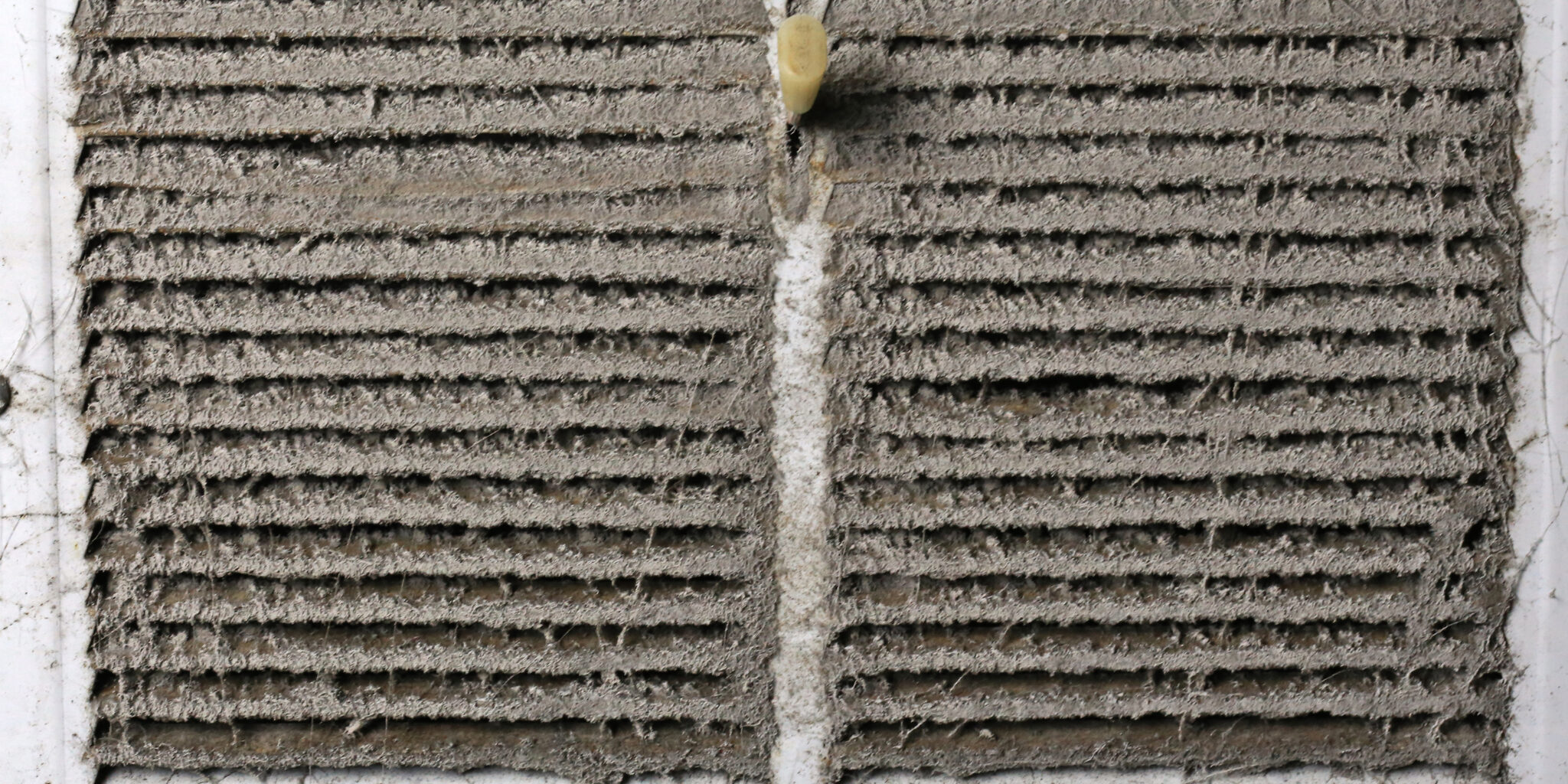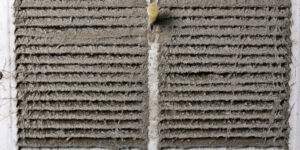HVAC Risk Assessment Test for Veterans
Being aware of how to detect hazards and risks on the job can help HVAC servicemembers avoid toxins like asbestos before exposure occurs.

HVAC and Asbestos Risk in the Military

Risk Assessments for HVAC Mechanics
When manufacturers reinforce their materials and products with asbestos, it’s virtually impossible for anyone to see and detect it with the naked eye. HVAC workers can perform a risk assessment test by asking themselves a few questions about the infrastructure before any project.
- Was the building constructed before 2019? This was when the government finally banned most use of asbestos in products and materials. A partial ban was enacted in 1989.
- What materials will you be working with/around? HVAC products that may contain asbestos are heating ducts, connectors, and ventilation systems. Additionally, veterans or servicemembers in this industry may also have to deal with contaminated paint, cement, floor and ceiling tiles, gaskets, pipes, roofing, and adhesives.
Heating systems are often sealed or held together with adhesives like paper wrap or tape. At one time, many brands reinforced their adhesives with asbestos due to the mineral’s resistance to heat, fire, electricity, and chemical corrosion. Some product manufacturers to look out for are:
- W.R. Grace
- Tich Tex Inc.
- Johns Manville
- Georgia Pacific
When performing the risk assessment, HVAC workers should be wary of older duct tape that’s thicker than present-day and also white, cream, or grey in color. Approximately 35% to 65% of chrysotile asbestos is found in contaminated duct tape. It’s important to note, however, once the risk has been assessed, only certified asbestos removal companies should handle the process.
Dangerous levels of occupational asbestos exposure often occur when inexperienced individuals try to remove the suspected material themselves. Veterans should also be aware if they were exposed to asbestos in their previous HVAC jobs during military service.
3. Is the material or infrastructure new or falling apart?
Asbestos fibers aren’t very dangerous when the material it reinforces is intact, or non-friable. Friable asbestos is easily crumbled or crushed into a powder by hand, while non-friable asbestos encompasses contaminated products that can’t be destroyed or fall apart as easily. Crumbled asbestos becomes airborne and is easily ingested, causing damage to airways or anywhere else the spindly fibers may land.
HVAC workers in dilapidated, crumbling buildings, or around peeling paint are at higher risk than veterans or servicemembers in newer buildings where maintenance is up to date.
If heating and cooling mechanics in the military are concerned dangerous levels of asbestos are present, they should leave the job site and speak with their training instructor or commanding officer about any concerns.
Think You’ve Been Exposed?
Veterans that develop mesothelioma from asbestos exposure that occurred during their service in the military have legal compensation options. Veterans can take legal action against manufacturers of asbestos-contaminated products. This litigation doesn’t impact benefits veterans may receive from the VA.